The Jeep is an easily recognized American automobile that has been a staple of the off-road driving experience for over 80 years. Its primary characteristics are its rugged design, versatility, and reliability. The Jeep is America’s contribution to adventure travel and off-road freedom.
The early Jeep (1940s-1950s) came to production because the United States Army needed a lightweight, versatile vehicle for military use during World War II. The first Jeep, the Willys MB, was designed by the Willys Motor Company in 1941. Willys- Overland Company operating out of a plant near Toledo, Ohio, was one of the few privately owned companies that went into around-the-clock production during the war years.
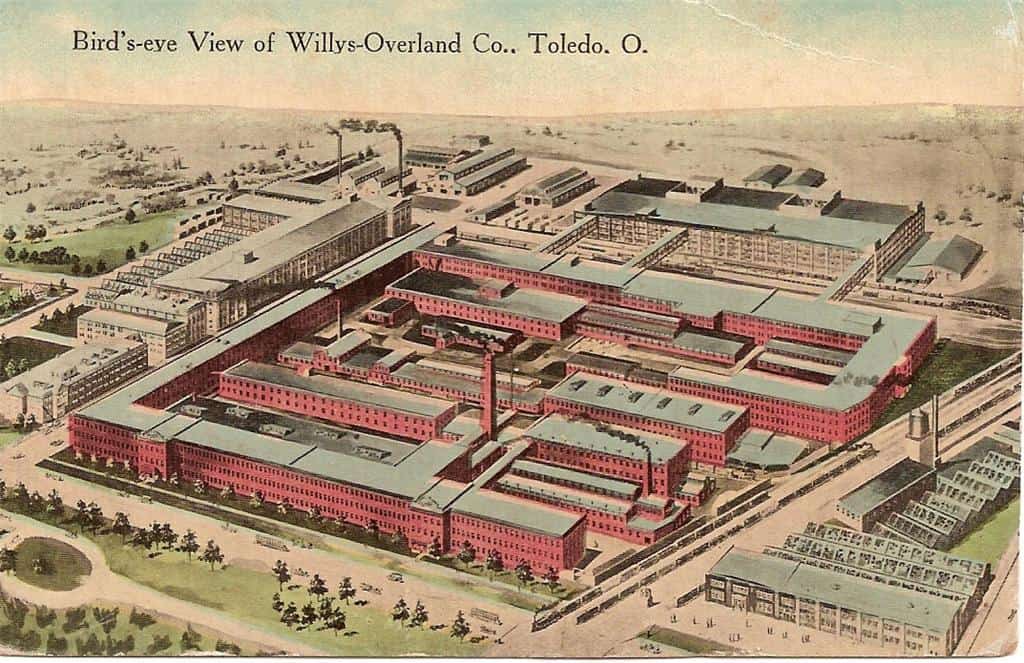
The MB was a rugged, four-wheel-drive vehicle that could navigate challenging terrain and transport troops and equipment. The Jeep soon became a workhorse for the military. The corporate archive, now in the library at the University of Toledo, answers transportation historians’ most asked question: How many Jeeps were made for use during World War II? The answer: 647,925.
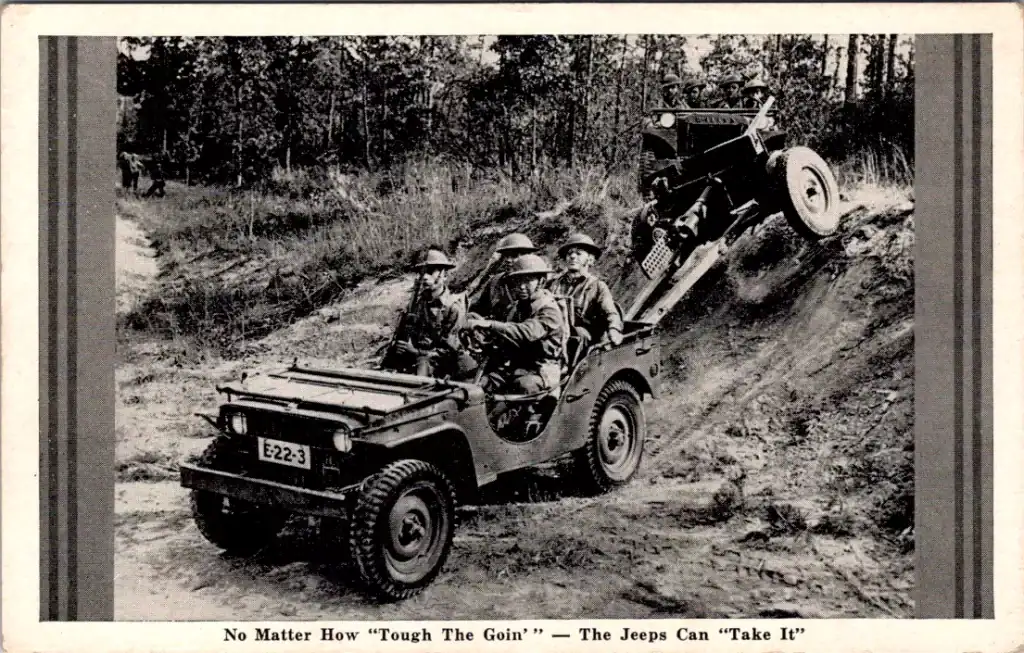
The Jeep made its War Time Comic Postcard debut as soon as it reached a field command station. The samples below prove than nothing was off-limits to the wartime jokesters.
Very few of the Jeeps used in overseas operations were returned to North America, but a few did and the popularity after the war (1950s-1960s) grew with each passing year. The company transitioned the Jeep to civilian use. It was the most purchased American vehicle for nearly a decade; it was the choice of thousands of farmers, hunters, and outdoor enthusiasts.
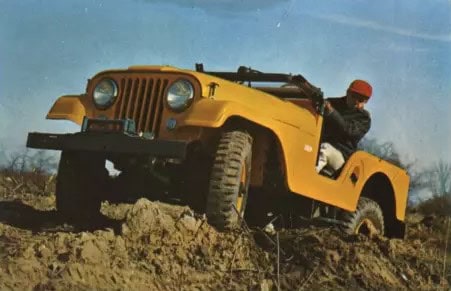
The introduction of the CJ-5 in 1955 marked a noteworthy milestone in Jeep’s history. It was significantly improved and had increased capabilities. It was an instant hit with consumers. Many of those CJ-5s are still in use although not on the highways. Many Jeep owners have reported driving their vehicles for 200- and 300-thousand miles without major issues, if properly maintained.
The introduction of new models since the 1970s has kept Jeep among the best-selling vehicles; Cherokee, which became a best-seller, then Wrangler in 1986 marked new eras for Jeep. The improved designs have made considerable differences in ride quality, with only minor increases in fuel consumption and regular maintenance costs. Today, Jeep offers a range of models, including the Wrangler, Grand Cherokee, and Renegade, each custom-built to cater to their American and worldwide audiences.
Why Jeeps Last? What makes Jeeps so durable and reliable? Some factors that contribute to their long lifespan are the use of a robust frame and suspension system, four-wheel drive, reliable engines, and they are maintenance-friendly, Jeeps are known for their ease of maintenance, making it simple for owners to perform routine maintenance tasks.
The Jeep’s history and durability are a testament to its reputation as a rugged and reliable vehicle. With its rich history dating back to World War II and its continued popularity Jeep ownership is as much a symbol of American history and adventure.
Look for Jeeps on American highways, they are everywhere and being used in various ways like you see on these postcards.
Whether you’re a seasoned off-roader or just starting out, a Jeep is sure to provide years of reliable service and countless memories. Give yourself a treat the next time you need a new car – consider a Jeep.
**
The Legend Continues, but the truth be damned.
Some years ago (perhaps in 1996 or 1998) a World War II veteran from Decatur, Alabama, died. Decatur is a small town along the Tennessee River in the northern part of the state. The town has a reputation as the home of more than 100 men who served in the army or navy during the world wars. The veteran in question served in the 7th United States Army under the command of Lieutenant General Alexander Patch. Thirty years earlier he managed to find a 1943 era Jeep for which he paid $100. He wanted the Jeep as a war souvenir. While serving in Europe from early 1944 to the end of the war, his job was to keep motorized equipment well maintained and fully fueled.
Before he died he made one simple request known to everyone in Decatur. He wanted to be buried in his Jeep.
The local cemetery owner refused. So, our hero bought the cemetery. It was news across the entire state. When the bureaucracy in Montgomery learned of the veteran’s intention to have him buried in his Jeep, they got involved.
Why? The claim advanced in the courtroom was that burying a jeep would pollute the ground to a degree that it would never again be useful as farmland.
Does it make you wonder how many Alabama farmers plant crops in cemeteries?
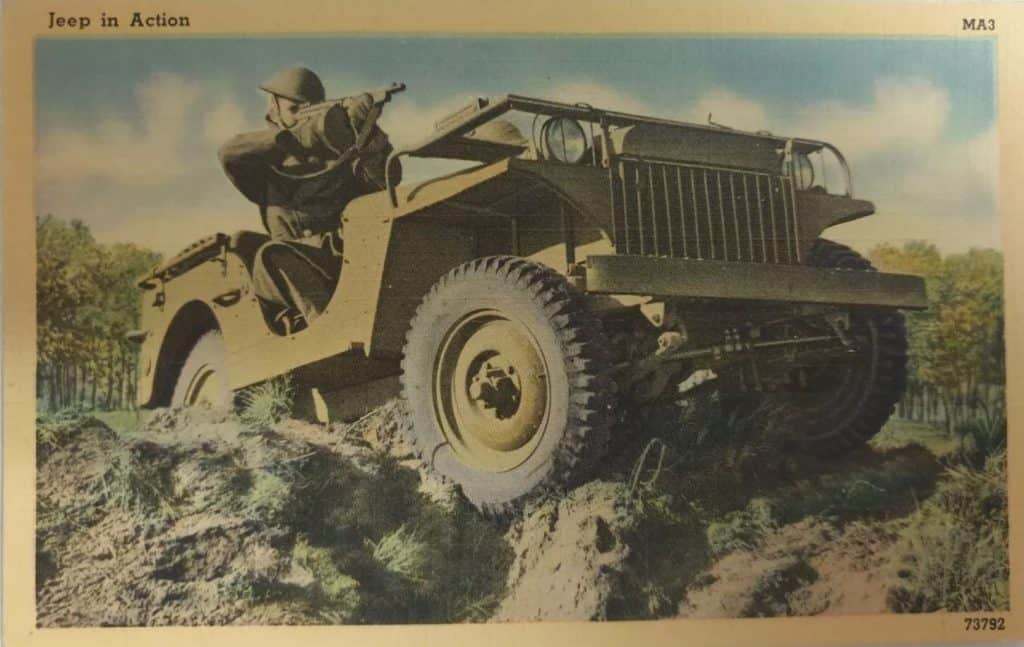
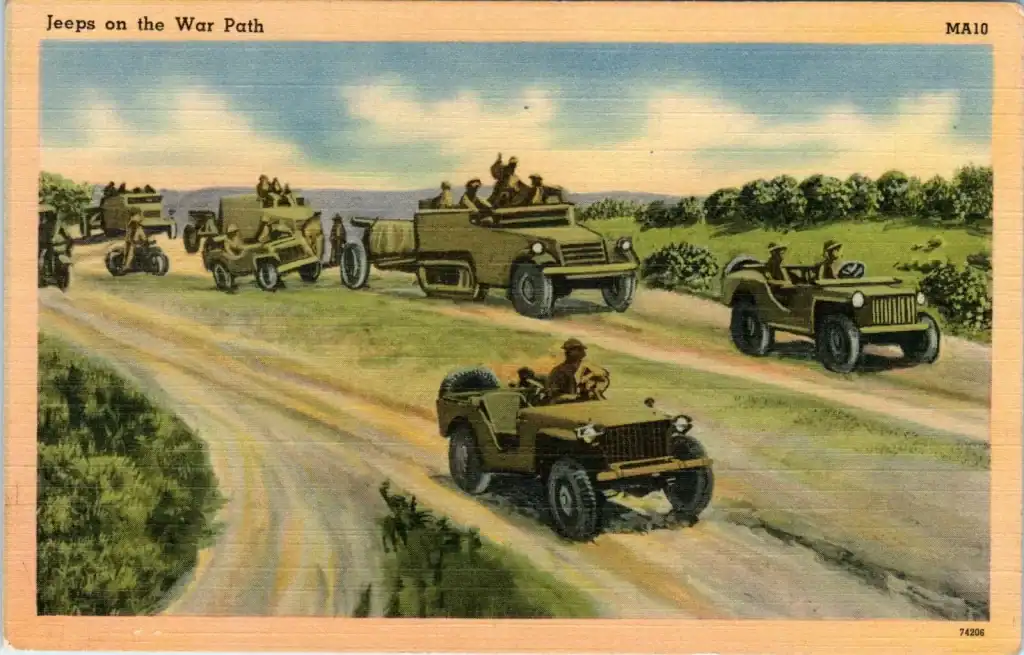
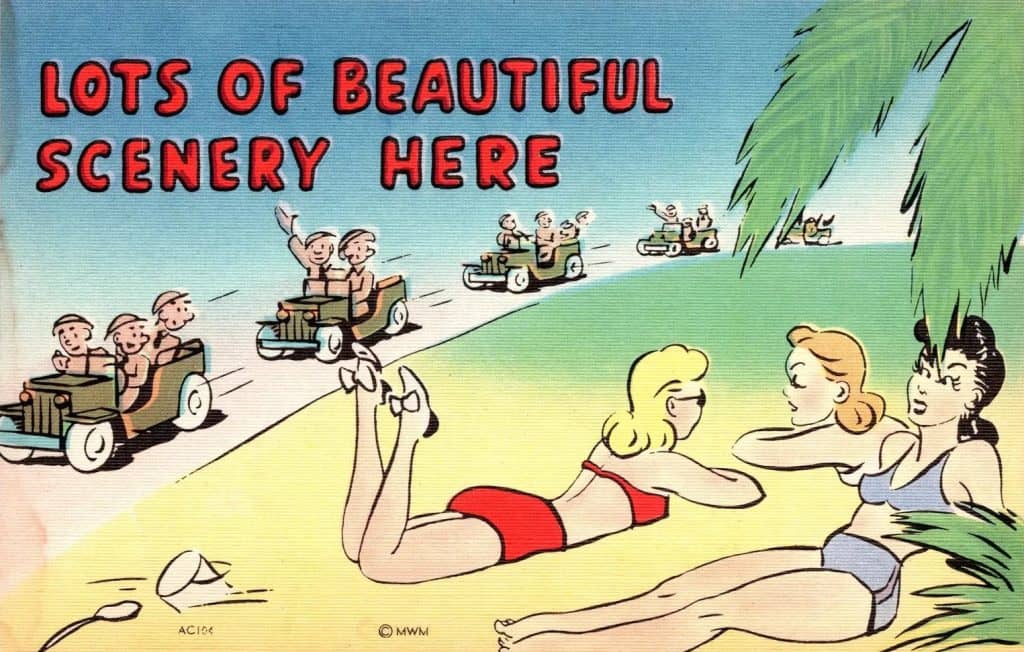
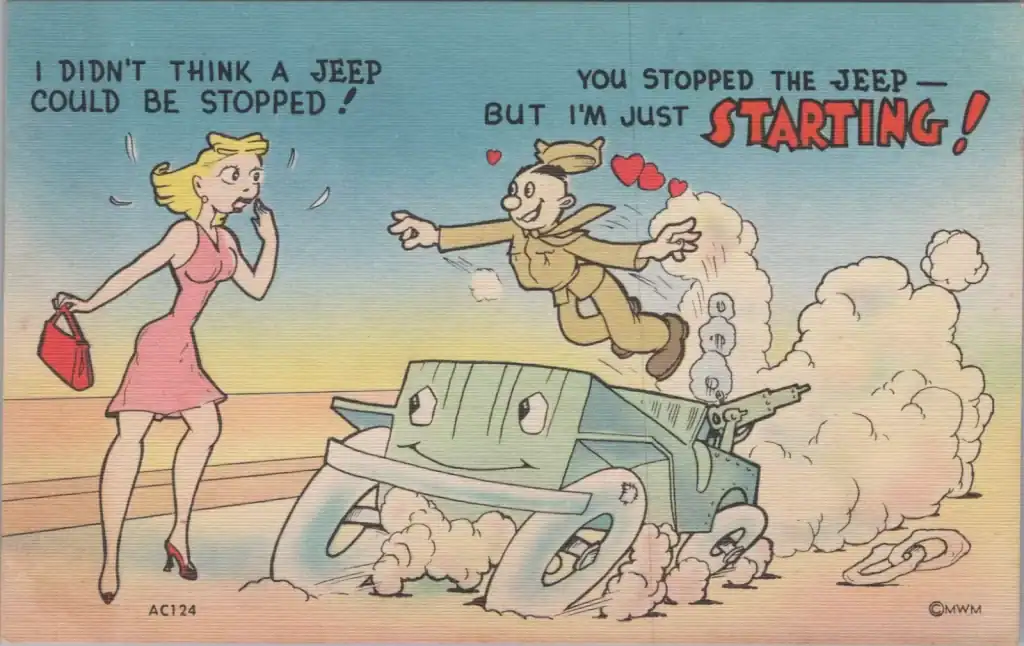
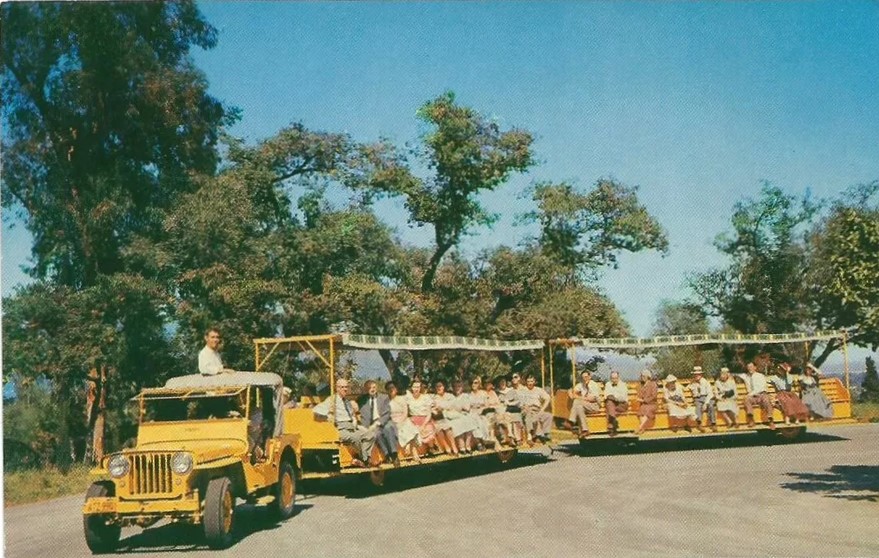
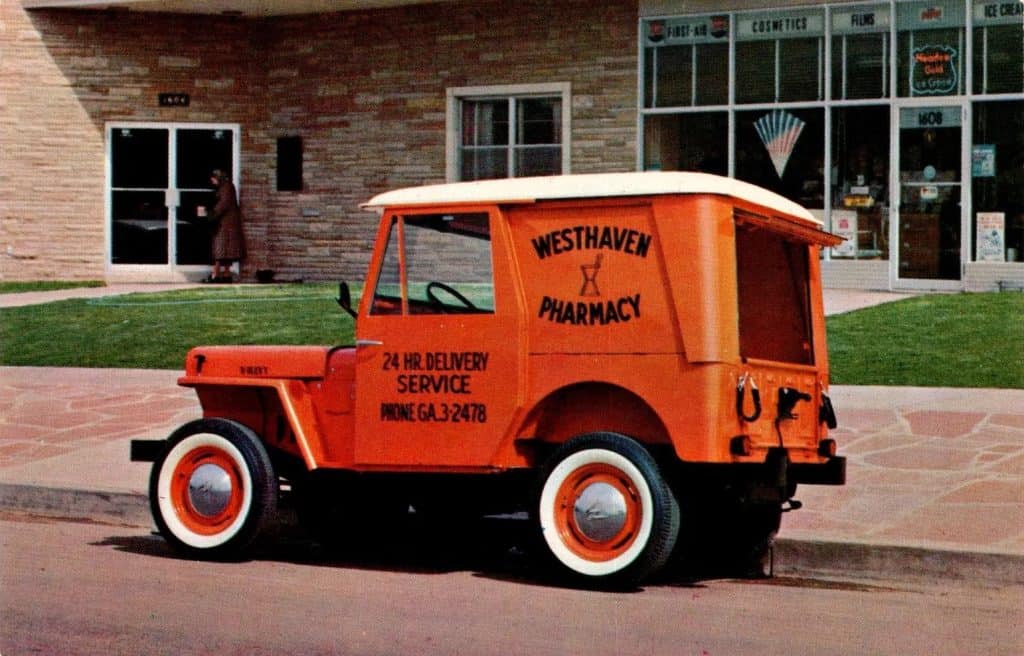
Nice anagram story. Btw, spot the typo in the headline introduction…..
Typos, plural. “vehnicle was created for American froces”
Wonderful article! Jeeps are probably great but I’d be a lot more impressed if I hadn’t had so much real-world experience pushing them out of snow or pulling them off a patch of ice.
Thanks for the very interesting article. Jeeps and other military vehicles are displayed at the Army Transportation Museum at Ft. Eustis in Newport News, Va.
i still remember riding in my friend’s Jeepster…What a fun vehicle.
One possible inspiration for the vehicle’s name was Eugene the Jeep, a Popeye comic strip character who could move between dimensions and solve seemingly impossible problems.